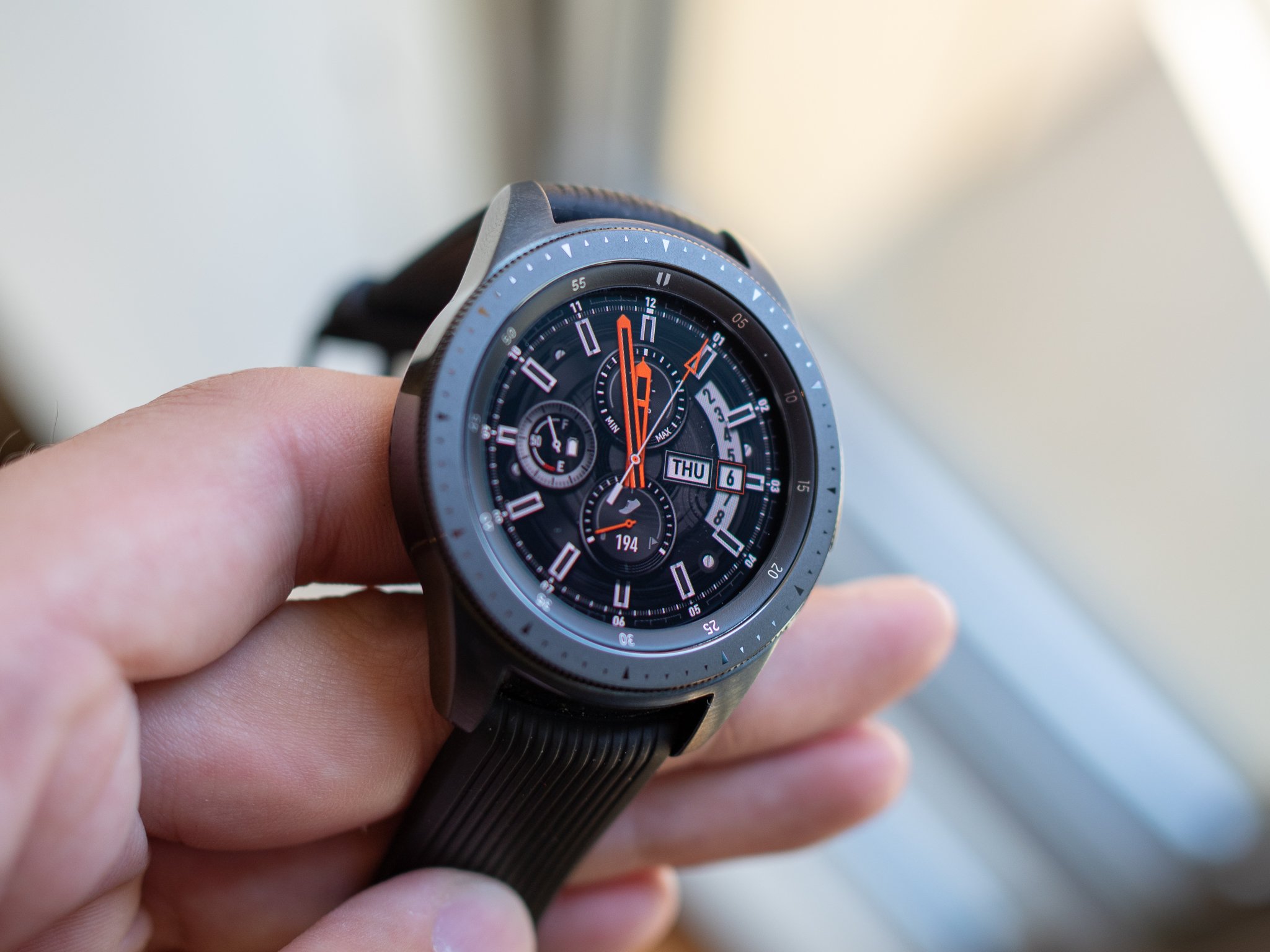Samsung has put together a string of great smartwatches and fitness wearables over the last three years, leveraging the same basic principles and Samsung-specific synergies. From the launch of the Gear S2, Samsung's smartwatches have consistently provided more features, better fitness tracking, longer battery life, and arguably better styling than their Android Wear or Wear OS counterparts.
The new Galaxy Watch continues the trend.
Pros:
- Excellent display, even in sunlight
- Rotating bezel is lovely
- Health and fitness tracking are good
- Software is helpful and polished
- Hardware is robust and resistant
Cons:
- Always-on watch face kills the battery
- Charges too slowly
- Masculine design narrows appeal
- Third-party apps are generally horrible
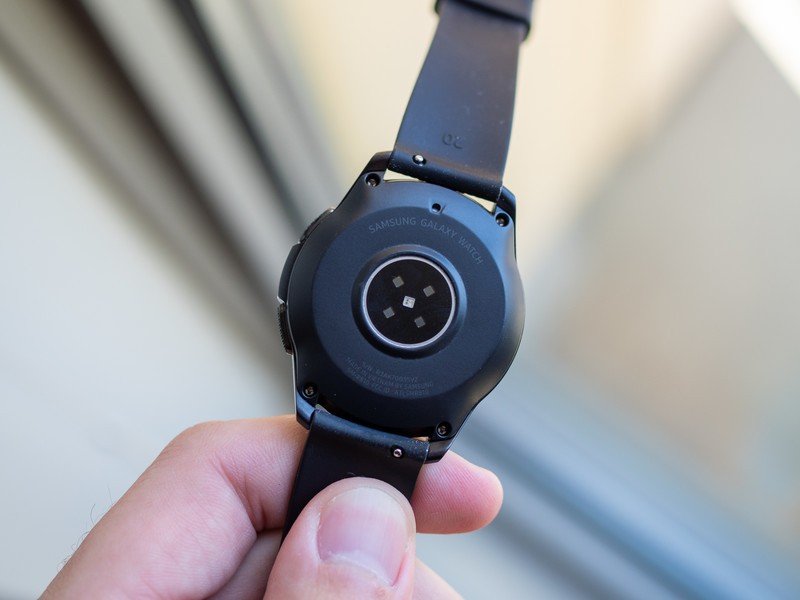
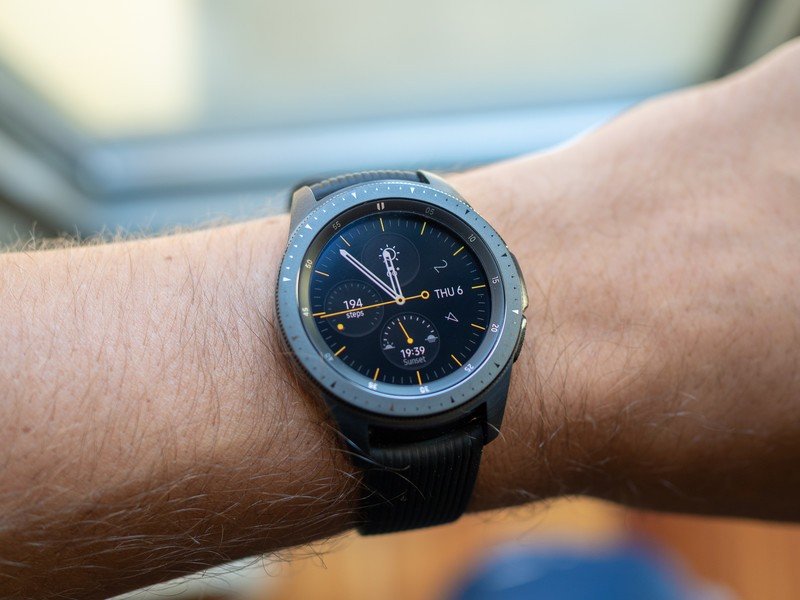
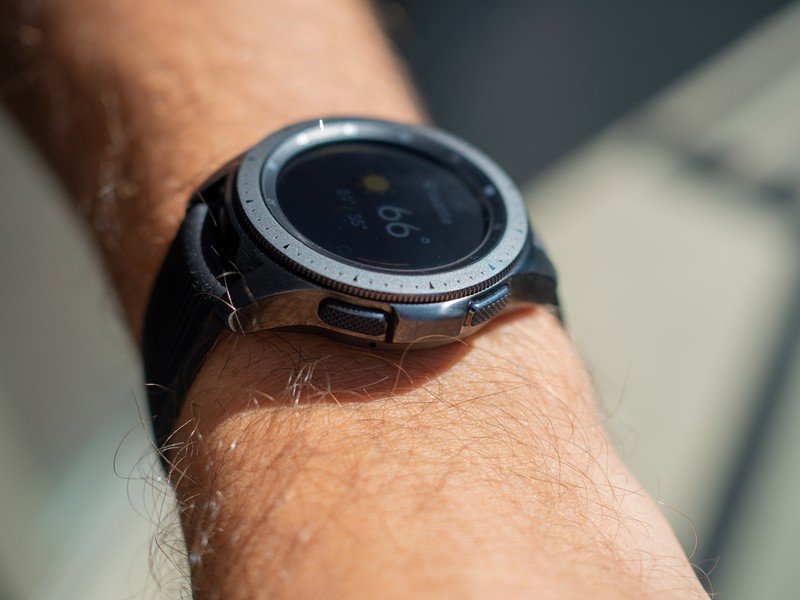
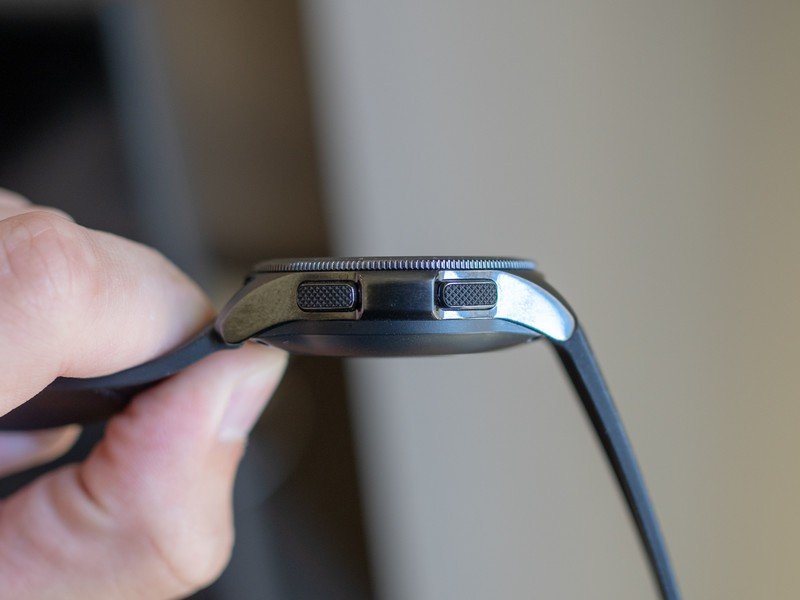
The Galaxy Watch doesn't provide particularly bold or unique styling, and in fact it isn't all that changed from the last two Gear smartwatches. The multi-step design with mixes of finishes and materials is reminiscent of the Gear S3 Frontier, but now comes in two sizes — 46mm, like the S3, but also 42mm similar to the Gear Sport.
Samsung Galaxy Watch vs. Samsung Gear Sport
But the Galaxy Watch is tidy, efficient and well built — albeit slightly masculine in terms of color and finishes. The silver and black models really skew to the male spectrum, and the rose gold option, only available in the 42mm size, is simply a difference in color, not a design change that would open this up to a more diverse audience. Most people are going to gravitate toward the 42mm just because of its size, and it's the one I recommend purely based on its comfort on a wider range of wrists.
In exchange for not having the diversity of design options as the Wear OS world, you get a fantastic experience elsewhere in the hardware. Samsung's circular OLED screens are beautiful and bright enough to use outdoors, including pseudo-auto brightness that will crank to max brightness in direct sunlight and dim down considerably at night. Wrapped around the screen is the now-standard rotating bezel, which I continue to sing the praises of as the best possible interaction method for a smartwatch.
Samsung didn't update the hardware much, because it really didn't need to.
The hardware really works because Samsung's own Tizen Wearable OS is tailor-made for it. The watch faces, notifications, widgets and apps all make great use of the circular space, and it's intuitive to act on everything by rotating the bezel, tapping on the screen or pressing the back or home buttons. I also never came across hiccups or stutters, either, which is a testament to Samsung's own-made processor that's optimized for the watch.
Tizen is also just packed with features, which can be a tad overwhelming but if tamed can be extremely useful. By configuring the dozen-plus widgets available out of the box, you can make the Galaxy Watch exactly the kind of device you need. You can focus on health tracking, or communication, or keeping up with everything throughout the day. Same goes for the watch faces, where you can choose a mechanical-style face (with a simulated ticking second hand to boot) or a full digital layout with tons of information.
Tizen is still far ahead of Wear OS in terms of features and customizability.
And no matter what, notifications are always available to the left of the watch face, controlled from your smartphone on a per-app basis. They work about as well as you can expect on a small screen, giving you a chance to ignore unimportant notifications, archive emails and quickly read messages — and you can even reply to important messages with canned responses, voice dictation or a T9-style keyboard.
The new Wear OS interface that just launched is a big improvement for that platform, but if you have any desire to customize or get more done on your smartwatch, Samsung's Tizen is far ahead of it.
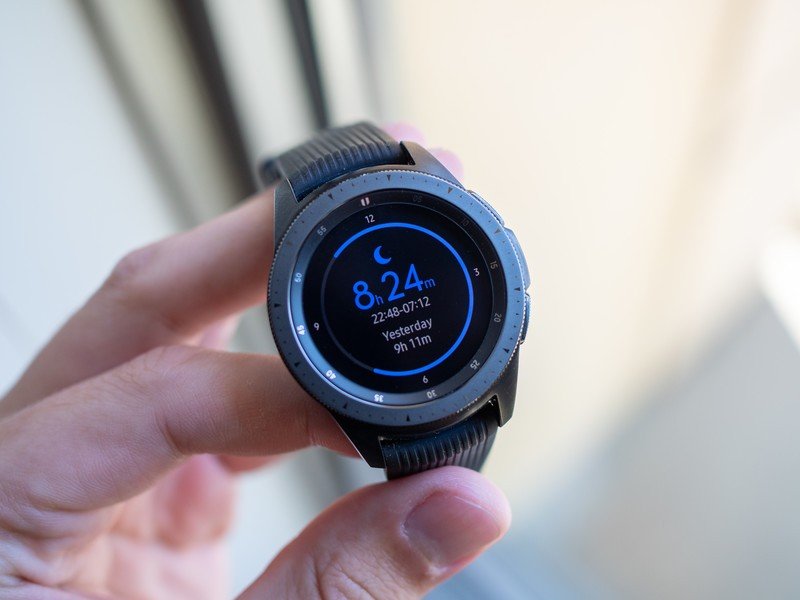
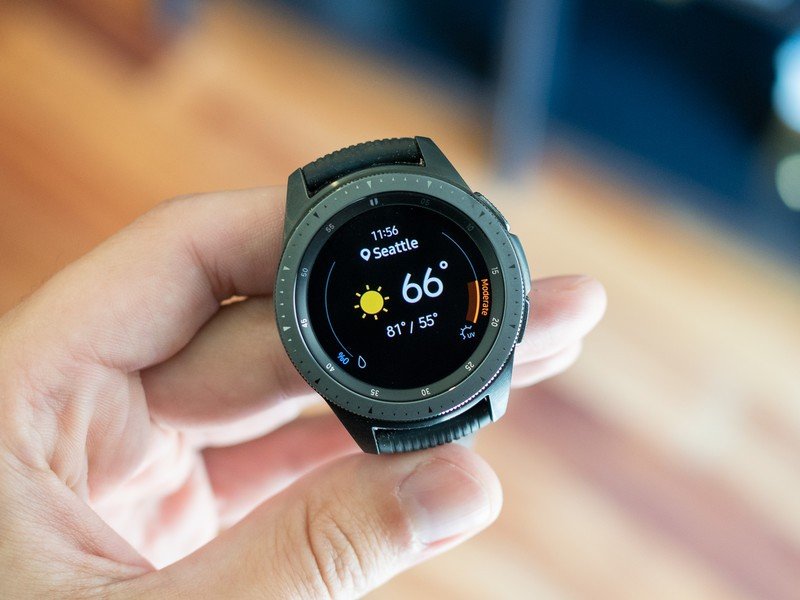
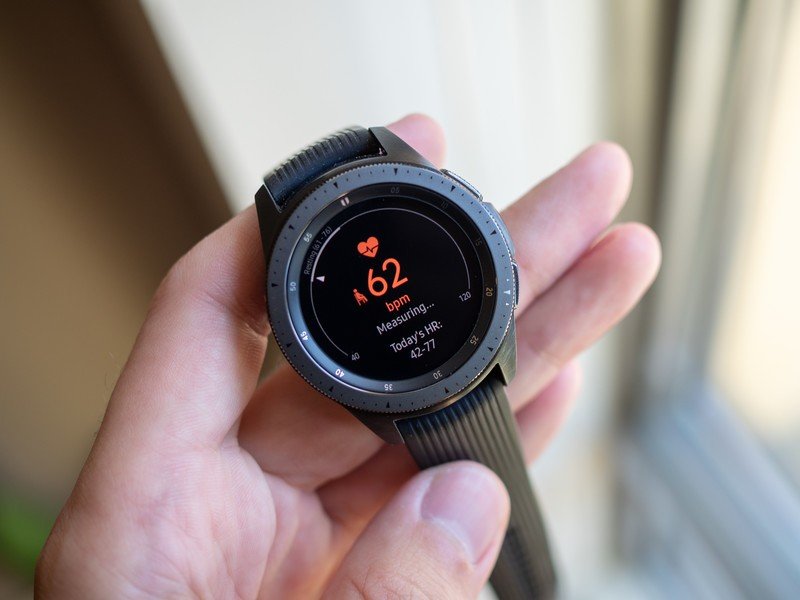
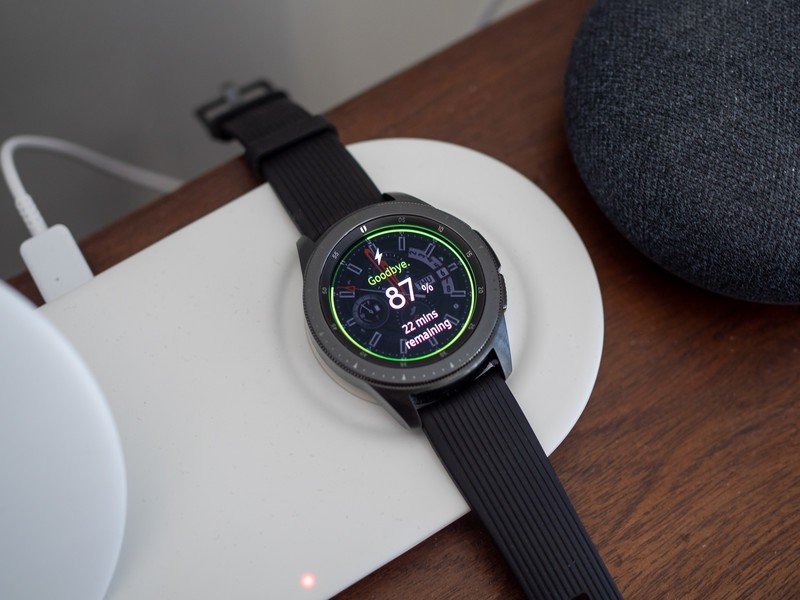
The big software differentiator for Samsung is health and fitness tracking — which is still well ahead of Google's effort, despite the recent overhaul of Google Fit. It's not that Google Fit is bad, but that Samsung Health has just been around for so long and has things figured out. The Galaxy Watch accurately tracks daily activity like steps and floors, and can help log your food, water and caffeine intake. But it can also provide automatic (or manual) tracking and guidance for dozens of different workouts — and it also integrates with popular fitness apps like MapMyRun and Strava, among others, for data portability.
Samsung Health on the Galaxy Watch is good enough for anyone who wants to keep up with a healthy lifestyle.
The combination of a Galaxy Watch and Samsung Health is good enough for most people who want to lead a healthy lifestyle, and what it offers is easily above what I needed. I liked tracking my step goals and it worked just fine for runs both outside and on a treadmill. But I'd caution from thinking that it could challenge dedicated fitness watches from the likes of Garmin if you really need accurate tracking for your training. In my conversations with more serious runners and bicyclists, the accuracy of the tracking — particularly with GPS and pace information — still isn't up to speed with dedicated fitness wearables.
None of the advanced features of a smartwatch are worth much if your battery dies, which is why Samsung keeps putting so much emphasis on multi-day battery life with the Galaxy Watch. With my 42mm model, which has just a 270mAh battery, I could make it through the quoted three full days without charging — that is, when I left all of the settings on their defaults. That means the screen turned off after just 30 seconds, auto-GPS for workouts was not turned on, and the only actively-working fitness feature was heart rate monitoring on a 10-minute interval.
But once I turned on the always-on watch face, which is honestly the only way I want to wear a smartwatch because it looks so good, I could only make it about 30 hours before having to drop the Galaxy Watch on its charger. That's simply good, not great, especially considering Samsung is positioning the Galaxy Watch as being able to be worn all day and all night, with automatic sleep tracking built in. And If you also exercise outside using GPS on a regular basis, that 30-hour figure may not even be achievable.
Battery life is good — unless you want to have a great-looking always-on watch face.
And because the Galaxy Watch takes an excruciatingly slow two and a half hours to recharge fully, it isn't really a viable option to simply bump-charge it 10 or 15 minutes each morning — it just won't add enough if you're planning to use an always-on watch face. If you want to keep that watch face on at all times and preserve the proper mechanical watch look, you'll have to dedicate an hour-plus charge every couple days in addition to opportunistic charging here and there.
Or, you could always buy the larger 46mm version (for just $20 more), which is roughly the size of a flattened meatball but comes with a larger 1.3-inch display and 75% more battery capacity. That's enough extra capacity to get another day out of the watch before charging, though it's also so big I'd be surprised if you wanted to wear it to bed anyway, making overnight charging an easy battery management routine.
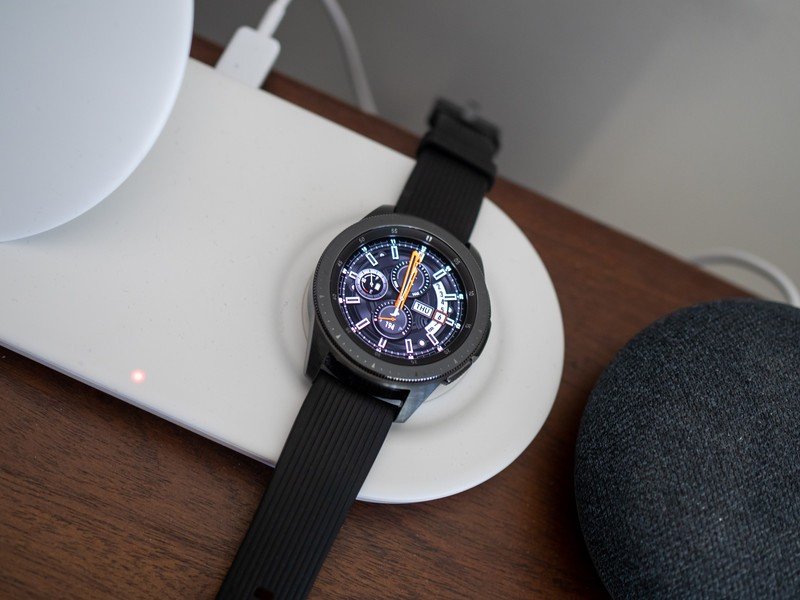

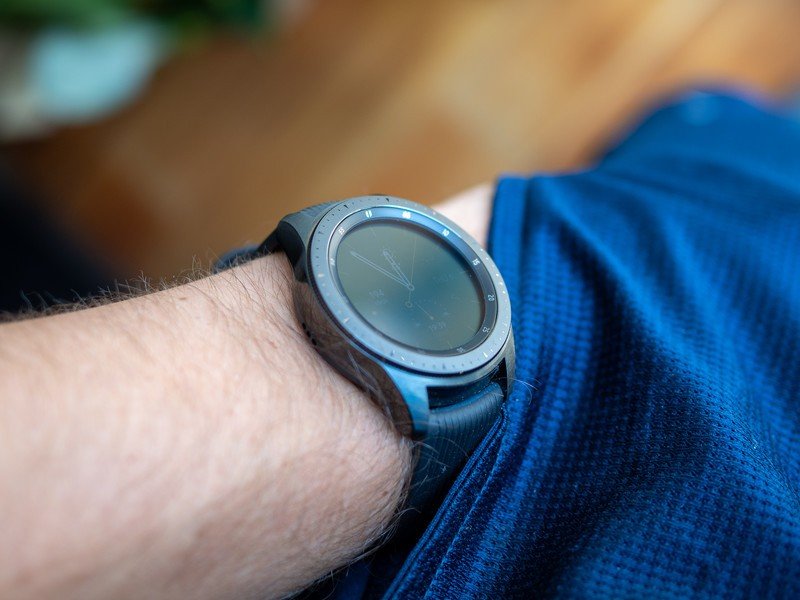
The Galaxy Watch is a wonderful overall smartwatch for anyone with an Android phone.
Samsung didn't do a ton to improve the Galaxy Watch over its predecessors, but that's mostly because those watches were already great. The Galaxy Watch continues to offer excellent hardware, a beautiful display and software that's uniquely tailored to the form factor and glorious rotating bezel. Its software is more advanced than Wear OS, and can be configured to offer just as much — or as little — as you need it for. It can be a daily fitness watch, or just a general smartwatch that provides notifications and useful information throughout your day — or both. For $50 you can jump up to an LTE-connected model to get even more done.
4 out of 5
Unless you have some specific draw to Wear OS because of its simplicity, or need the pro-level fitness tracking offered by dedicated fitness wearables, the Galaxy Watch is a wonderful overall smartwatch for Android owners. The only question, then, is which size you want. The 42mm model is the one to get for most people purely based on its case size being usable on more wrist sizes. But it makes a trade-off of having just average battery life — particularly if you want to use an always-on watch face. The $329 price is fitting for everything the Galaxy Watch considering everything it can do, and how good it looks while doing it.
Andrew was an Executive Editor, U.S. at Android Central between 2012 and 2020.
